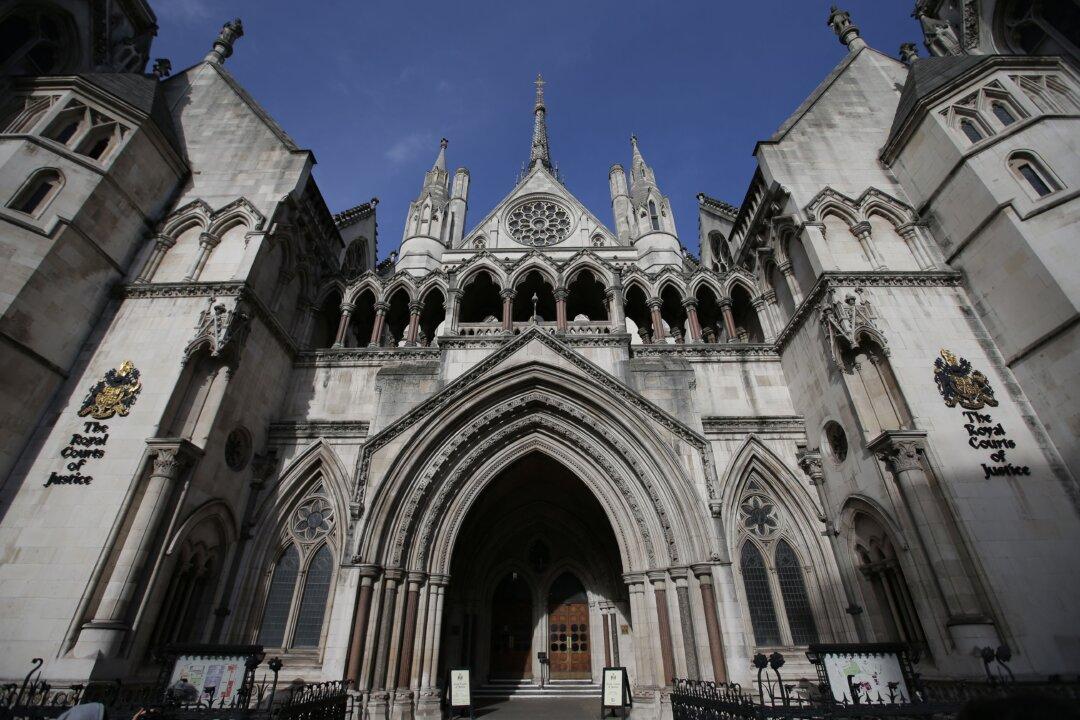No traces of coronavirus were found in tests at four major railway stations and on intercity train services, Network Rail said.
Places passengers regularly touch such as escalator handles, ticket machines, and benches were swabbed, while hour-long air samples were taken.
Two rounds of testing were carried out at London Euston, Birmingham New Street, Liverpool Lime Street, and Manchester Piccadilly station, in January and June.
Tests were repeated on trains running between the stations.
Examination of the results by Imperial College London found no COVID-19 contamination of any surface, or airborne particles of the virus.
Rob Mole, senior programme manager for Network Rail’s response to the pandemic, said: “Station cleaning teams and train staff have made it their mission to keep passengers safe during the pandemic and this is proof their dedicated approach works.
“We want all passengers to travel in confidence on the railway network and we will keep doing our part by rigorously cleaning trains and stations.
“We ask passengers to do their bit too by wearing face coverings while travelling out of respect for others so we can all stop the spread of COVID-19.”
The government dropped the legal requirement for people to wear face coverings in settings such as public transport on July 19.
David Green, senior research fellow at Imperial College London, said: “In the same way that a swab is used to take a COVID-19 test in the nose and throat and sent to the lab, we use a filter to collect any virus particles in the air and swabs to collect viruses on surfaces.
“This approach provides a way of quantifying the amount of virus circulating in these public environments and the effect of mitigation strategies like cleaning and wearing face coverings.
“This is part of a wider programme of work with the public transport sector to understand where this virus is most prevalent so that we can return to pre-pandemic activities as safely as possible.”




